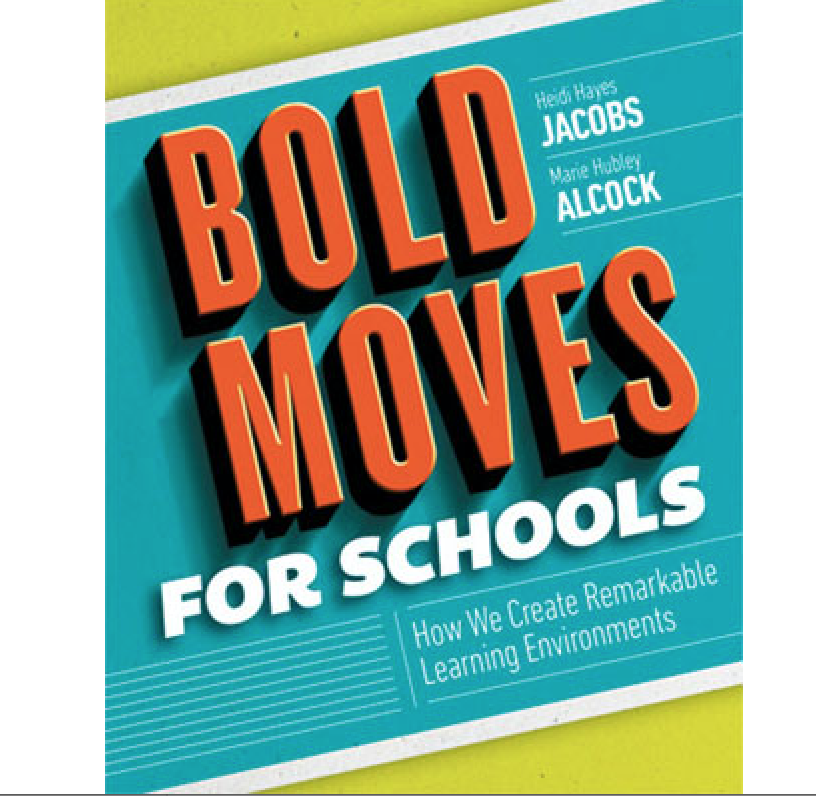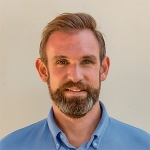

The authors argue for the need for updated learning principles, enumerate and explain skills of the effective contemporary teacher, and explain options that have emerged recently for expanding learning environments. Jacobs and Alcock offer guidance about selecting and updating curricula and assessments, especially in light of the significant problems associated with current standardized assessments. They advocate for the benefits of more shared leadership in educational settings. Jacobs and Alcock offer a realistic and progressive vision for how the skilled educators of today can push education practice forward to help prepare students for tomorrow. They urge educators to learn and develop themselves always. With the recommended readings and study guide questions in Bold Moves for Schools, this book can help educators do exactly that.
The authors argue that reformers can begin to affect change by considering education practices that are antiquated and should be eliminated, classical and ought to be preserved, and contemporary and ought to be formulated and expanded. For example, while we should discontinue thinking of students as empty vessels and teachers as disseminators of knowledge, we should think of students as budding creative and critical thinkers whom teachers are responsible for nurturing. Today’s learners need to develop skill in directing their own learning process, building social contracts, critiquing and producing media, innovating, and acting as global citizens. Teachers need to model these skills for their students and advocate for effective, contemporary learning practices. The authors offer bulleted lists of action steps to help teachers develop each of these skills.
In addition to changes in the teaching profession, there must be changes made also to the content taught. Experimental learning, learning that takes place outside the classroom, and learning that is organized around a topic or issue rather than an academic subject can help energize students’ learning by allowing them to feel a sense of ownership and offering opportunities for personalization based on students’ needs.
Schools can update the way they think about learning space, teaching time, the grouping of learners, and the group of teachers to improve learning. For example, rather than grouping students based on age, students could be grouped by interest. Similarly, rather than grouping teachers based on the subjects they teach, groupings ought to be more dynamic, multi-dimensional, and collegial. The benefits of strong professional learning communities should be stressed to teachers. A lateral, collaborative leadership structure within schools and the education system might help make it possible for more innovation. Making major changes in schools can be difficult. Jacobs and Alcock suggest setting up planning teams to help with changes, clarifying a school’s mission, and seeking feedback at multiple levels, including from students before implementing changes.
According to the authors one major issue that has stymied learning in a major way is our accountability system. The exaggerated focus on high stakes tests makes teachers feel a lack of trust and respect, diminishes the appeal of the teaching profession, and discourages collaboration among teachers. It leads to untested, but valuable, subjects being eliminated or whittled down, and it stifles creative and critical thinking. Testing and accountability matter, but we need a radical shift in what assessments look like. They should be authentic, based in performance of real-world tasks and skills, based on measuring innovation and student growth and development, take place over an extended period of time, and include input from students.
We are departing from the industrial age for the information age. Learning environments need to change to keep up. With the help of Bold Moves for Schools Educators and policy makers can use the objective of improving learning as the starting point for the modernization of learning environments.
Jacobs, H. H., & Alcock, M. H. (2017). Bold Moves for Schools: How We Create Remarkable Learning Environments. Alexandria, VA: ASCD.





